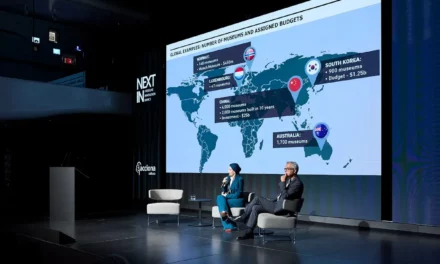
‘Blame Game’ Culture and Team Silos Puts Critical Operations at Risk, warns Dynatrace

War room style incident management is driving IT teams in nearly 50% of organisations to experience burnout
Maidenhead, UK, April 7, 2024 – Dynatrace, the leader in unified observability and security, today warned that organisations are putting their critical operations at risk by enabling the widespread continuation of a “blame game” culture between their IT teams and third-party service providers. A new survey found that 91% of organisations are still playing the “blame game” with IT service providers when problems occur. This increases the reliance on war-room-style meetings to identify and resolve the cause of problems, which extends the duration of incidents and creates tense workplace environments that heighten the risk of losing skilled talent.
Nearly half (49%) of IT teams have been left feeling burned out by war rooms, 46% have missed personal time during evenings and weekends, and one in five (21%) have considered a change in job role or career due to added stress. If these trends continue, organisations could be putting their critical operations at risk, as they find themselves with a shortage of skilled developers and operations professionals to deliver digital services and accelerate innovation.
“War rooms are an extremely negative approach to resolving problems, and against the backdrop of continued skills shortages, can significantly deepen resourcing challenges for many organisations,” said Rob Van Lubek, Vice President, EMEA at Dynatrace. “What looked like ‘business as usual’ five years ago is no longer acceptable for many IT professionals, who reassessed their work-life balance during the shift to hybrid working. The high-stress environment of war rooms and the looming threat of emergency conference calls at any hour of the day can lead to a disenfranchised and disengaged workforce that is constantly on the lookout for their next employer.”
Reliance on siloed monitoring tools and manual processes within many organisations amplifies the challenges inherent to war rooms. Less than a third (29%) of organisations say teams use a single platform and the same data to monitor and manage digital services. This means everyone is working from their version of the truth, which fuels the cycle of blame between teams. As a result, these teams are more reluctant to take ownership of problems, which increases the risk that incidents take longer to resolve or, worse, are ignored entirely.
“Organisations need to transform the way their teams work and collaborate, both internally as well as with third parties,” continued Van Lubek. “The best way of enabling a culture of collaboration across IT, business, development, and security teams is to adopt a unified observability strategy that provides a single source of truth that teams can use to make decisions and work cross-functionally. This approach helps teams become more proactive in their incident response. In addition, embracing advanced AI and automation as part of this approach helps streamline processes by eliminating manual triaging and equipping teams with solutions to diagnose and resolve problems before they become crises. This significantly reduces stress, eliminates wasted spending, and boosts productivity, allowing teams to spend less time in war rooms and more time innovating.”
Methodology:
Data based on a survey of 368 respondents conducted during a Dynatrace cloud innovation event in Europe.
















































